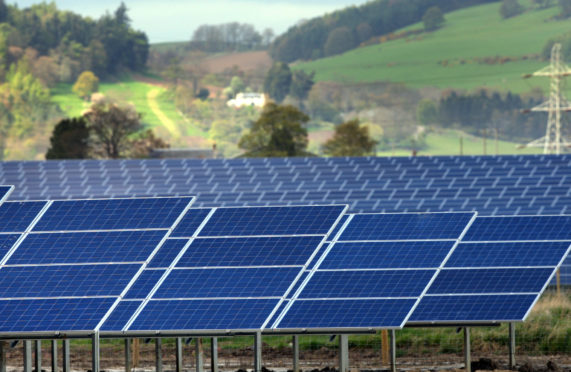Among all the recent tragedy, gloom and despondency there are still stories which give us all a welcome uplift and hope for the future.
The natural world seems to be breathing and indeed thriving under the unprecedented human slowdown; water quality has improved in what would normally be busy and crowded seas and river highways, and reduced air pollution levels demonstrate what can be achieved by removing mass users of fossil fuels, predominantly transport and buildings, even for a relatively short period of time.
Electricity demand hit record lows which resulted in falls of both electricity prices and carbon emissions. Low-carbon energy sources became greater proportional contributors to the energy system as a result.
We are all pondering what a return to “normal” will actually be; will we travel for business and leisure as frivolously? Will we fall back into our mass consumerist ways? Will we return to the same levels of energy demand and will we see ever increased focus on renewable sources of energy?
Starting even before lockdown, it was clear there was ever-increasing pressure to make the greenhouse gas-producing days of burning hydrocarbons a chapter in history – coal-fired electricity generation produced 0% of Britain’s power for a record-breaking spell of 67 consecutive days coal-free up until mid June.
Although large reserves of fossil fuels remain, that doesn’t mean the “oil age” isn’t coming to an end and we should reflect on the fact the stone age didn’t end because we ran out of stone.
Despite mounting pressure from business and the public, the UK is slipping behind on its climate change commitments and so the opportunity seems ripe for government to become ever more supportive of renewables investment as it looks to kick-start the economy as part of the much-talked about green-led recovery. Such support should not least include the planning system (now being overhauled in Scotland) and also how land and property plays a pivotal role.
Even our seas offer leasing opportunities.
The recent Scotwind announcement by the Crown Estate for large offshore wind farms will give a timely boost to supply chain investment and creating new jobs.
We tend to automatically associate renewable energy generation with wind farms but beyond that developers are also committed to other sources such as heat capture and hydrogen, while hybrid projects are bolting on electricity storage capabilities for periods of over-supply. Why stop, for example, wind farms from generating power during periods of low electricity demand if it can be stored efficiently and released when needed?
Another renewable technology seeing increasing interest in Scotland is solar power generation, buoyed by the ability for such projects to compete for a Contract For Difference (CFD) in the next auction round, albeit up against onshore wind which will once again be able to bid. As a result some anticipate that while it will never be as efficient as wind, installed solar capacity in the UK could rise to 27GW by 2030 and ironically even Scotland has a role to play in supplying electricity generated from sunlight.
As with wind, solar farms are often constructed and operated under fixed term leases and provide a reversible land use free of contamination while offering diversification and a stable source of income for landowners.
As Scotland strives to meet its carbon net zero 2045 commitment, solar farms should form part of the solution.
Nicola Beaumont is energy and renewables partner with Bidwells.







